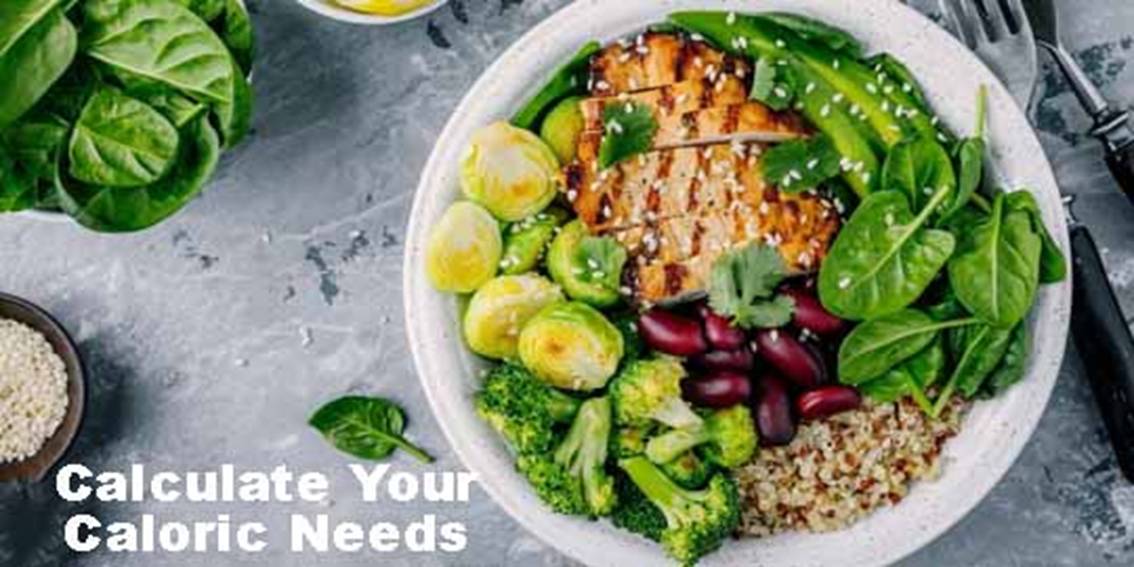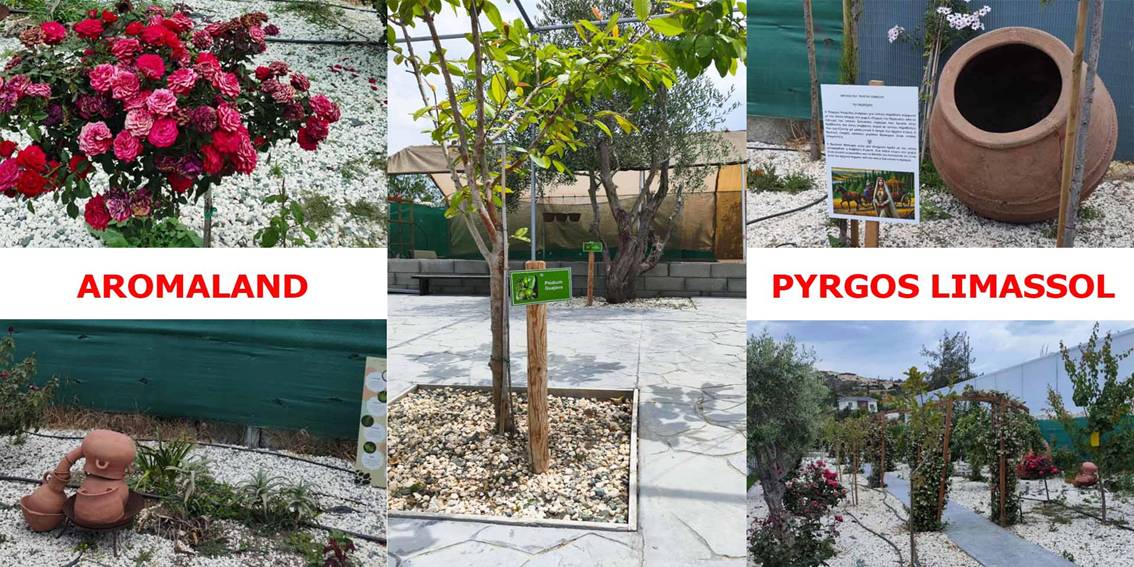Foods That Should Not Be Refrigerated

Author: Panos Platritis Clinical Dietitian Nutritionist BSc,MSc, Registered with GE SY Member of BDA, ESPEN, CYSPEN, SEPI
Food Storage: Certain foods do not require refrigeration and placement in the refrigerator (refrigeration can even degrade their quality), such as exotic fruits, tomatoes, green beans, cucumbers, and zucchini. Bread stales faster inside the refrigerator. Fruits and vegetables that need ripening should be kept at room temperature.
What Causes Food Spoilage?
The main cause of food spoilage is microorganisms (germs). They are so small in size that one needs a microscope to distinguish them. Microorganisms are found everywhere. We particularly encounter them in floors, due to poor cleanliness, and in unclean waters (sewage).
Conditions That Promote Microorganism Growth
The factors that favour the growth of microorganisms in food are as follows: (heat, food, sufficient moisture, oxygen). If in a space we exclude the simultaneous presence of these factors, microorganisms do not grow, or they grow at a slow rate.
Types of Microorganisms
Microorganisms after their contact with food can be classified into bacteria: Bacteria can grow within 20 minutes to a certain size and thus evolve in a few hours into millions of cells (colony).
On Viruses
On fungi (mold): Mold takes the form of a texture, that is, it is many fungi together that appear and grow on all foods, even those with very low moisture (e.g., dried figs). Mold fungi are most often found in the air, and when foods are contaminated, we recognize it by the appearance of a green-blue color within the food, e.g., bread.
These foods that have been affected by mold should not be consumed because they cause food poisoning and damage to the liver.
For greater protection against mold, foods should be frozen or kept dry so they do not spoil. Mold is not toxic in all forms, as it appears in roquefort or blue cheeses that are eaten. This mold is called ‘Noble mold’.
Understanding Salmonella & Food Safety
What Is Salmonella?
The salmonella bacteria come from animals and from foods based on eggs. It can live in the intestines of humans and animals without causing any problems. Poor hygiene can transfer salmonella to food and cause food poisoning. Salmonella is destroyed by boiling at around 80 degrees (pasteurization).
How to Prevent Salmonella Contamination
Food Storage: The best protection against the transmission of salmonella is good hygiene, the cleanliness of food, hands, and generally personal hygiene. Soil bacteria come from the ground and then enter the floors of kitchen areas through the shoes of workers. Contaminated food with such bacteria emits a strong odour. It is recommended: thorough washing of vegetables, food should be placed in areas higher than the floor, well packaged, and in suitable containers.



